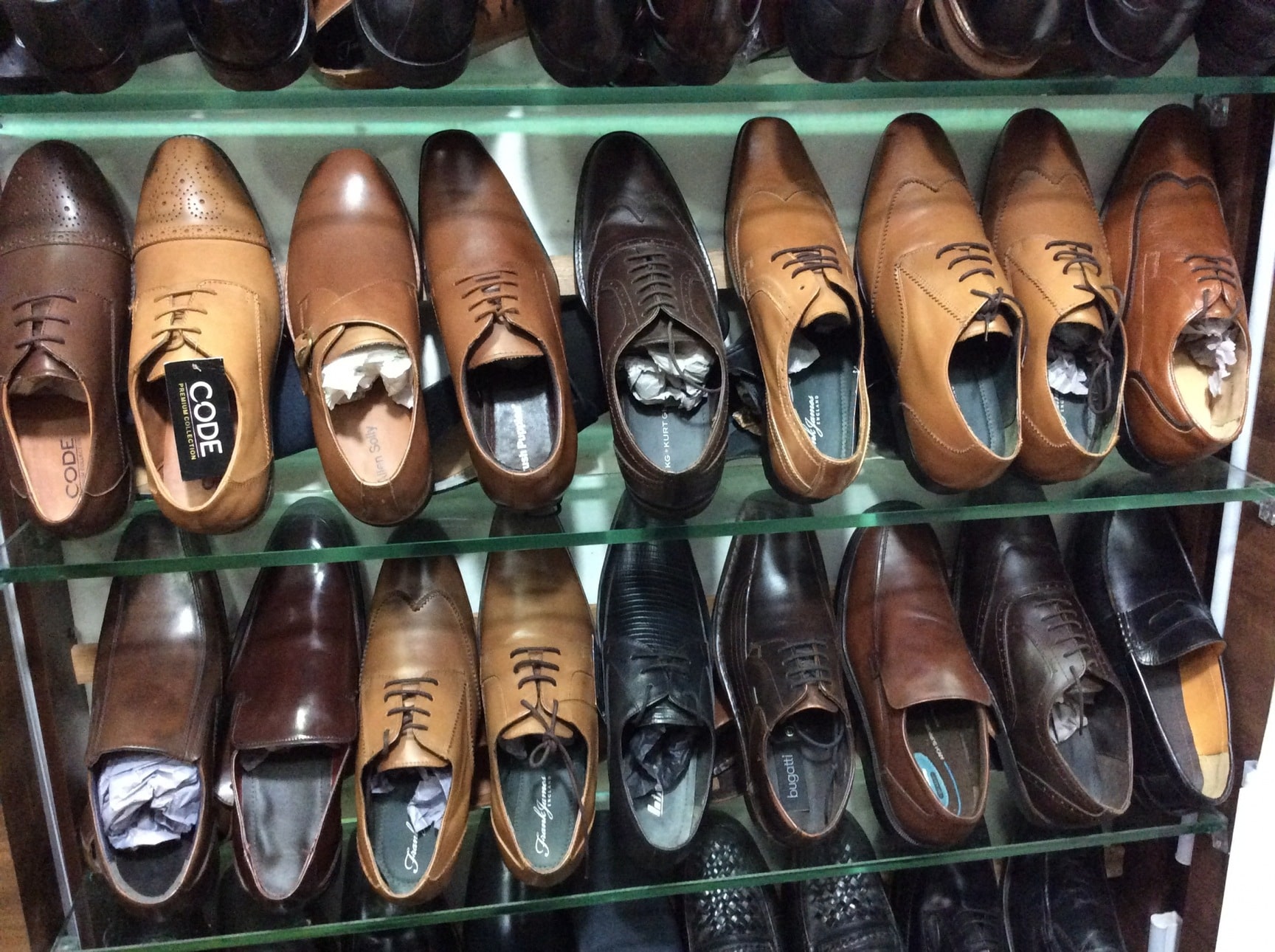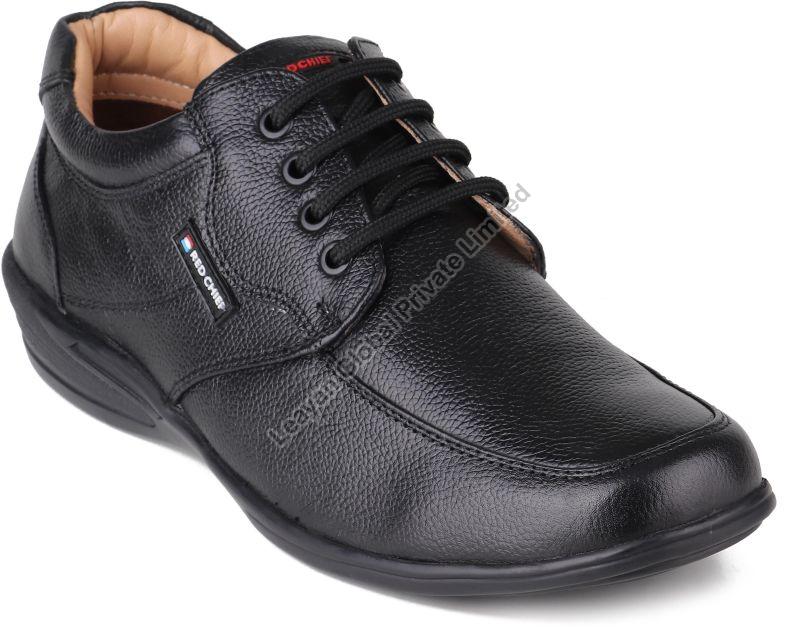The Harmonized System (HS) code for footwear with outer soles made of leather or composition leather is 640420. This code applies to footwear with the following specifications:
Exploring the Leather Footwear Industry in India: Exports, Manufacturing Hubs, and Market Insights
Introduction
Leather footwear has been an integral part of India's manufacturing and export landscape. Known for its quality craftsmanship and diverse product range, India is a significant player in the global leather footwear market. This article delves into the types of leather footwear exported from India, key manufacturing states, uses of leather footwear, export destinations, and the local and international market dynamics.
Types of Leather Footwear Exported from India
India exports a wide variety of leather footwear catering to men, women, and children. These include:
- Formal Shoes: High-quality leather shoes ideal for office and formal occasions.
- Casual Footwear: Including loafers, moccasins, and slip-ons.
- Boots: For winter wear, trekking, and fashion purposes.
- Sandals and Slippers: Designed for both comfort and style.
- Athletic and Sports Shoes: Incorporating leather for durability and performance.
The Indian leather footwear industry is renowned for its emphasis on durability, precision in stitching, and adherence to international standards, making it highly competitive in global markets.
Key Leather Footwear Manufacturing States in India
India's leather industry is geographically diverse, with several states playing a pivotal role in footwear production.
- Tamil Nadu: The hub of leather production, with cities like Chennai, Ranipet, and Vaniyambadi leading the charge.
- Uttar Pradesh: Kanpur and Agra are known for their craftsmanship and large-scale production units.
- Punjab: Jalandhar specializes in sports footwear.
- West Bengal: Kolkata is a major player, especially in traditional and handcrafted leather footwear.
- Maharashtra: Mumbai houses numerous small and medium enterprises producing leather shoes.
- Karnataka: Bengaluru is known for its high-quality leather products.
These states benefit from a rich supply of raw materials, skilled artisans, and advanced manufacturing technologies.
Uses of Leather Footwear
Leather footwear serves a variety of purposes, combining functionality with fashion:
- Durability: Leather's toughness ensures a longer lifespan compared to synthetic materials.
- Style: Leather shoes are versatile, complementing formal, casual, and ethnic wear.
- Comfort: Genuine leather adapts to the shape of the foot, offering superior comfort.
- Professional Use: Leather shoes are a staple for formal settings, including offices, schools, and events.
- Seasonal Needs: Leather boots and insulated footwear cater to winter and outdoor activities.
Countries Importing Leather Footwear from India
India exports leather footwear to over 50 countries worldwide, with major markets including:
- United States: The largest importer of Indian leather products.
- United Kingdom: Known for its demand for high-quality formal shoes.
- Germany: Prefers durable and sustainable footwear.
- Italy and France: Focus on luxury and handcrafted designs.
- UAE and Saudi Arabia: Demand leather sandals and traditional footwear.
Emerging markets in Africa, South America, and Southeast Asia also show significant growth in imports from India.
Market Size: Local and International Dynamics
Local Market
India's domestic leather footwear market is vast, driven by a growing middle class and increasing fashion awareness. Urbanization and e-commerce penetration have significantly boosted sales. The market is valued at approximately $6 billion (as of 2024) and is expected to grow at a compound annual growth rate (CAGR) of 8-10% over the next five years.
International Market
Globally, the leather footwear market is estimated at $120 billion, with India accounting for a substantial share. Indian exports of leather footwear stood at $2.5 billion in FY 2022-23.
Factors driving India's competitiveness include:
- Competitive pricing due to low manufacturing costs.
- Compliance with international quality standards.
- Skilled craftsmanship and innovation in design.
Challenges and Opportunities
Challenges
- Environmental concerns over leather tanning processes.
- Competition from synthetic footwear.
- Trade barriers and fluctuating demand in key markets.
Opportunities
- Rising demand for sustainable and eco-friendly leather products.
- Growth in online retail, both domestically and internationally.
- Government initiatives like the Make in India program and export subsidies.
Conclusion
India's leather footwear industry holds a prominent position in the global market, backed by its rich tradition of craftsmanship, diverse manufacturing bases, and strong export presence. With the right mix of innovation, sustainability, and market expansion, this sector is poised for significant growth in the coming years. Both local and international markets offer immense opportunities for Indian manufacturers to scale new heights and cement their position as a leader in leather footwear production.
By strategically addressing challenges and tapping into new markets, India's leather footwear industry can continue to thrive as a global powerhouse.




